Photoinitiators play a crucial role in UV curing by initiating the polymerization process when exposed to ultraviolet light. Understanding their function and selecting the right photoinitiator is essential for achieving optimal curing performance in UV coatings, inks, and adhesives.
Photoinitiators absorb UV light and decompose into reactive species, which trigger the polymerization of monomers and oligomers in a UV-curable system. Their effectiveness directly impacts the curing speed, film hardness, adhesion, and overall product performance.
·Absorption Wavelength: Different photoinitiators respond to different UV light wavelengths, which must match the curing lamp used in the process.
·Reactivity: Some photoinitiators provide rapid curing, while others allow for more controlled polymerization.
·Compatibility: The selected photoinitiator must be compatible with the resin system and avoid undesired side effects such as yellowing or poor adhesion.
·Common Types of Photoinitiators (Type I and Type II)
1.Type I (Cleavage Photoinitiators)
These photoinitiators undergo homolytic cleavage upon UV exposure, producing free radicals that directly initiate polymerization.
Advantages: Fast curing speed, high efficiency.
Disadvantages: Limited solubility in some resin systems, potential for higher oxygen inhibition.
Examples: Benzoin ethers, acylphosphine oxides (TPO, BAPO), α-hydroxy ketones (Irgacure 184).
2.Type II (Hydrogen-Abstraction Photoinitiators)
These photoinitiators require a co-initiator (such as amines or thiols) to generate free radicals for polymerization.
Advantages: Improved film properties, reduced yellowing.
Disadvantages: Slower curing compared to Type I.
Examples: Benzophenone, thioxanthone, camphorquinone.
Selecting the appropriate photoinitiator depends on several factors:
1.Curing Requirements: Consider the desired curing speed, depth of cure, and surface properties.
2.Substrate Compatibility: Ensure good adhesion and minimal side effects such as yellowing or brittleness.
3.UV Light Source: Match the photoinitiator’s absorption spectrum with the UV lamp type (e.g., LED, mercury vapor, or excimer lamps).
4.Formulation Constraints: Consider solubility, migration tendency, and regulatory compliance for the target application.
Photoinitiators are a key component in UV-curing systems, determining the efficiency and quality of the final product. Understanding their role, differences, and selection criteria allows manufacturers to optimize their formulations for superior performance and reliability in UV coatings, inks, and adhesives.
#Photoinitiators #UVTechnology #UVCuring #UVMaterials #CuringAgents #UVCoatings #UVInks
#UVAdhesives #LightCuring #Photopolymerization #UVResins #UVAdditives#UVChemicals
#RadicalPhotoinitiators #CationicPhotoinitiators #UVInkFormulation #UVCoatingMaterials
#SurfaceCoating #PrintingInks #IndustrialCoatings #3DPrinting #ElectronicsManufacturing
#PackagingCoatings #AutomotiveCoatings #InnovationInChemistry #ChemicalEngineering
#AdvancedMaterials #SustainableChemistry #FutureOfManufacturing

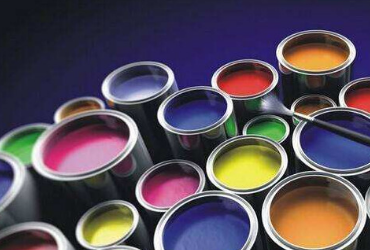
2022-08-03
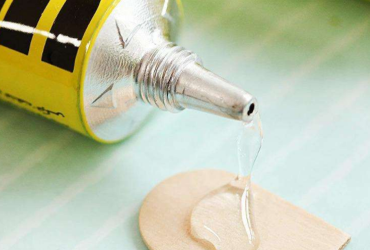
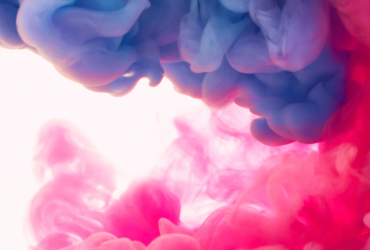
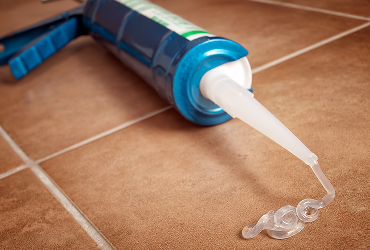
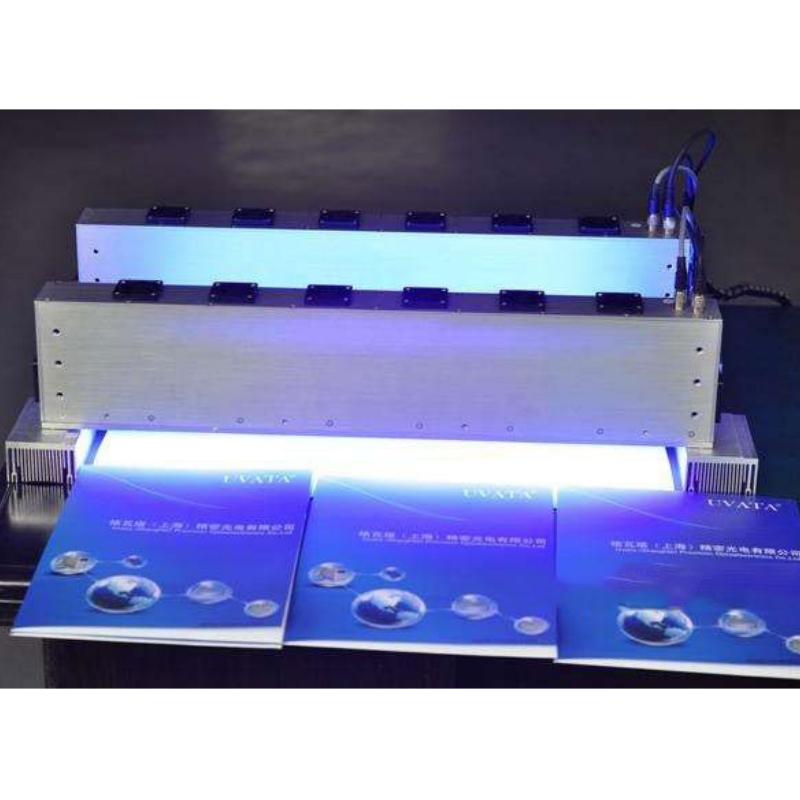
2025-01-06